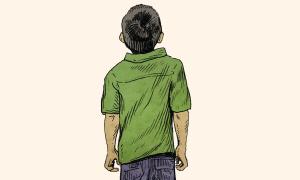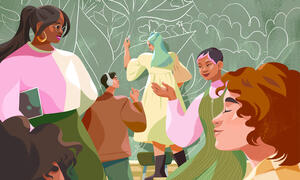article
Advice From the Experts
Q: A student came in with a “Hillary for Prison” T-shirt, and I suggested it might be inappropriate for school. My administrator told the student that political statements on clothing are allowed, but our dress code says

